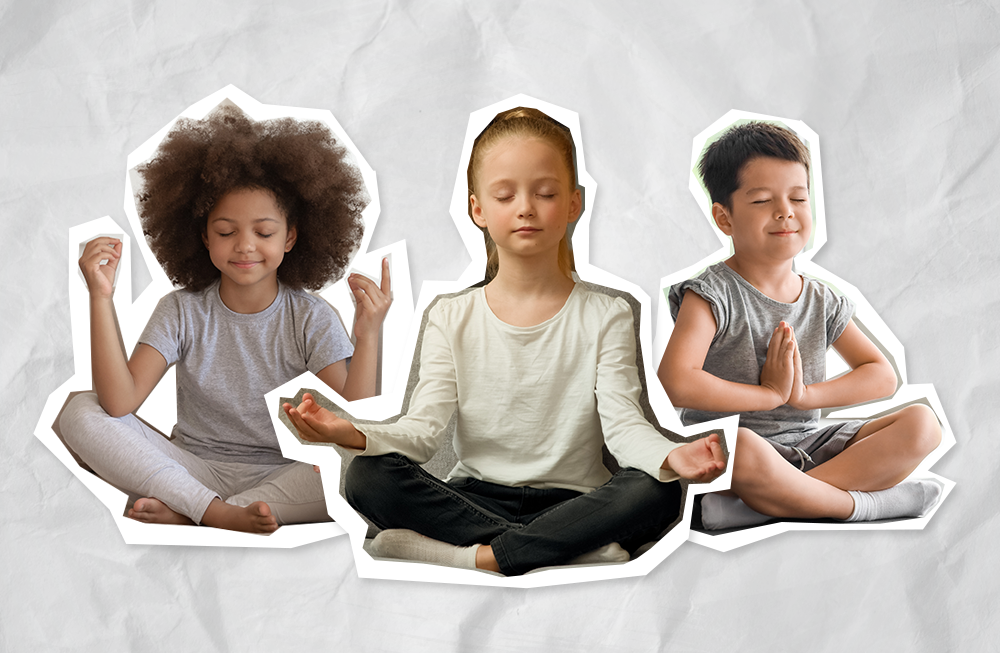In this blog, we highlight the importance of teacher wellbeing and explore ways that happy teachers can help children’s wellbeing. What’s more, we look ahead to the new autumn term and offer some helpful tips and suggestions for creating a happy and harmonious first few weeks back at school. This includes opportunities for booking yourself some free one-to-one support with Maestro as well as other fun desk-top giveaways to start the new term.
Wellbeing
So, what exactly is wellbeing? The Oxford English Dictionary defines wellbeing as ‘the state of being comfortable, healthy, or happy.’ However, it is important to acknowledge that wellbeing is a much broader concept than in-the-moment happiness and is usually used as a term to describe our mental health and life conditions. Our wellbeing affects everything.
As teachers, we know that our wellbeing is a significant factor in how well we can support children’s own wellbeing. According to The Foresight Mental Capital and Wellbeing Project: Final Project Report, ‘Teachers who are stressed, or demoralised, make poor role models for young people.’ (Government Office for Science, London, 2008). So, how can we bring wellbeing to the classroom?
We also know that when wellbeing takes a back seat, teachers and senior leaders can face burnout. Herbert Freudenberger (1974) believed burnout is particularly linked to specific working environments and organisational contexts often seen in the healthcare sector and education, those environments that demand a lot of emotional investment and personal involvement.
How to model wellness
It makes sense that, as adults, modelling emotional wellbeing for children is an important part of our work. This is especially important for those children who have Adverse Child Experiences (ACEs). A study from Public Health England shows that schools that put in place programmes to develop children’s social and emotional skills, on average, witness an 11% increase in attainment. It is clear that children learn better when they are happy.
An annual report on children’s health by the chief medical officer of England similarly highlights:
‘promoting physical and mental health in schools creates a virtuous circle reinforcing children’s attainment and achievement that in turn improves their wellbeing, enabling children to thrive and achieve their full potential.’ (Professor Dame Sally C Davies, 2012).
In summary then, we can all benefit from learning the skills for happiness. Focusing on teaching mental health and wellbeing in school certainly is the place to start.
Teaching wellbeing
The question is, can we teach wellbeing to children? World-renowned neuroscientist Professor Richard Davidson certainly thinks we can. Davidson concludes that ‘wellbeing is fundamentally no different than learning to play the cello.’ In his talk at the Greater Good Science Center’s recent ‘Mindfulness & Well-Being at Work’ conference, Davidson focused on four areas that, when practised, can significantly impact wellbeing. These are:
- Resilience
- Outlook
- Attention
- Generosity
Our ability to recover from adversity, have a positive outlook, focus the mind and practise kindness all activate circuits in the brain that support emotional health.
Ways to teach wellbeing in the classroom
Adrain Bethune, primary teacher, wellbeing expert and author of the award-winning book Wellbeing in the Primary Classroom: A Practical Guide to Teaching Happiness, suggests six tips for teaching happiness and wellbeing in low-cost, high-impact ways.
The tips below cover Davidson’s four key skills and have been tried and tested in the classroom and are definitely worth a try.
- Foster strong relationships in the classroom to give children a sense of belonging. Start the term by asking your class, ‘What does it mean to be part of a team?’ and exploring their ideas. Adrian Bethune uses this BBC video montage of the 2020 Olympic Games to lead the discussion.
- Practise daily mindfulness for three minutes after registration in the morning. There are fantastic videos you can use from The Mindfulness Teacher on YouTube.
- Learn the skill of gratitude with a ‘What went well?’ reflection activity at the end of the week. This should take around 15 minutes, ending with one person sharing their three things.
- Ensure children are learning new things that are interesting and challenging enough to immerse themselves in and achieve ‘flow’: a term coined by psychologist Mihaly Csikszentmihalyi that describes the joyful feeling of being absorbed in a challenging, enjoyable and achievable activity.
- Incorporate community and charity work in the curriculum. For a great example of incorporating this, read our Cornerstones school case study: All Saints Church in Wales Primary School: A learning journey leading to community action.
- Engage in outdoor learning activities when you can. Many studies have shown that exercise increases alertness and memory and elevates mood.
Summary
Teaching happiness and wellbeing can certainly enrich children’s school experience and their lives beyond the classroom. However, it is also crucial to look after your own wellbeing and this should also be part of your school’s priorities. Follow us on our social media channels for more wellbeing suggestions.
Further resources
For further information and ideas, here are some useful websites we think are worth a visit.
- Place2Be places counsellors in schools to offer one-to-one and group counselling as well as expert training and professional qualifications.
- Anna Freud Schools in Mind provides resources for schools to talk and promote mental health wellbeing.
- Teachappy is Adrian Bethune’s website of resources and CPD on wellbeing for teachers and headteachers.


